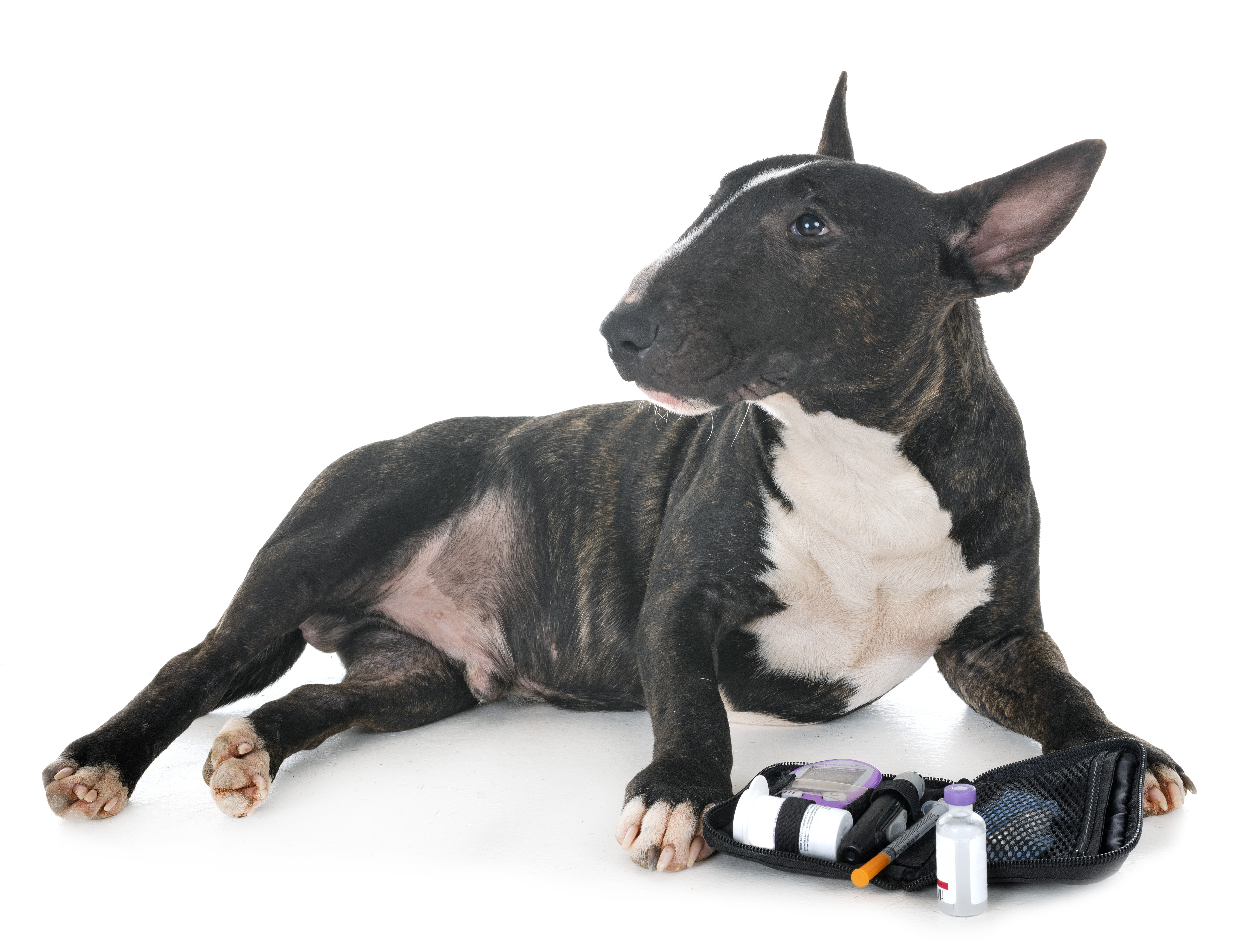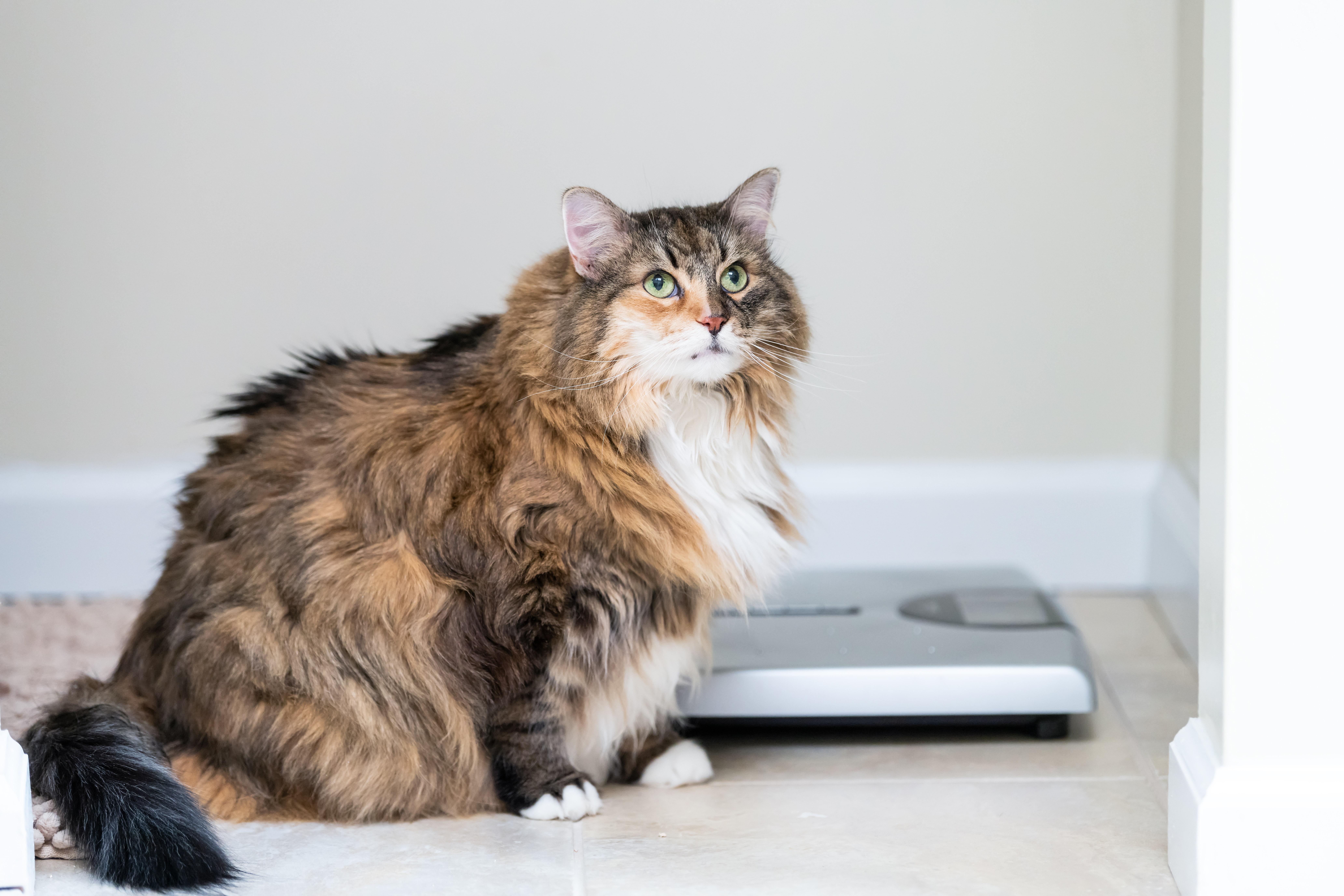
November is Pet Diabetes Awareness Month!
Many people are aware that November is Diabetes Awareness Month, but fewer know that pets can suffer from this disease, as well. Because thousands of cats and dogs are diagnosed with diabetes around the world each year, November now serves as a reminder of the disease in our furry friends, too.
Pet parents everywhere should understand the signs of diabetes, why the disease is so dangerous and how you might be able to help your pet prevent it to live their healthiest, happiest life.
The dangers of pet diabetes
Both cats and dogs are susceptible to developing diabetes—a disease that affects a hormone called insulin and how it interacts with the body. Insulin helps convert your pet’s food into energy and maintain adequate blood sugar levels.
Much like in humans, there are two major types of diabetes mellitus in cats and dogs. The two types differ slightly in how insulin levels are affected.
In type I diabetes, your pet’s pancreas isn’t capable of producing enough insulin for their body to effectively process energy. This type of diabetes is often for life. In type II diabetes, insulin is created, but it isn’t able to be used properly by the body to convert food to energy because something is interfering.
In general, diabetes is more common in older cats and dogs. Young pets can develop the disease, but it’s not nearly as common and is usually an indicator of genetic predisposition.
If left undiagnosed or untreated, diabetes can be fatal to your furry friends. Even with treatment, diabetes can lead to secondary health problems—such as pancreatitis, kidney disease and skin infections—and general challenges in your pet’s day-to-day life. Preventing diabetes whenever possible can help improve your pet’s quality of life.

Signs of diabetes in pets
Although the disease performs similarly in pets as it does in humans, it’s not quite as easy to identify it in pets because they can’t speak. Instead, a number of behavioral and physical symptoms may be present that are up to us as owners to spot.
Two of the most common signs are excessive thirst and, later, excessive urination. If you notice your cat or dog is drinking much more than it used to and has to be let out or use the litter box much more frequently, these things should raise a red flag. Some pets will also urinate in inappropriate places as a result of their constant need to go.
Diabetic pets may also experience somewhat rapid weight loss, as well as increased hunger and lethargy. This often occurs because the body is unable to convert food into energy as easily, meaning your pet has less energy each day.
Other symptoms may include:
- Blindness
- Cataracts
- Weakness
- Poor-looking skin or coat
If you notice any combination of these signs, it’s important to take your pet to the vet for an examination. Make sure to explain the symptoms you noticed and when you believe they started, as well as any odd behavior you’ve observed.
If your pet gets diagnosed with diabetes, your vet will create a treatment plan designed to give your pet the best life possible. The treatment may vary depending on the type of diabetes your pet has and the severity of the disease. Typically, treatment will include injections of insulin, called insulin therapy, as well as dietary changes and weight loss. Exercise is typically crucial in a diabetic pet’s treatment plan, as well.
You will also need to monitor your pet’s blood glucose levels every day to ensure the insulin therapy is working properly. Fortunately, when it’s caught early, many dogs and cats can live long, happy lives with ongoing treatment.
Preventing pet diabetes
Diabetes in pets is not completely preventable; some pets will be genetically predisposed to the condition, while others will develop it for unexplained reasons.
However, certain things can put your pet at an increased risk for diabetes. One major risk factor for both cats and dogs is obesity, which has become much more common in pets. Overfeeding pets and giving pets carbohydrate-heavy food can quickly lead to them becoming overweight or obese. In addition to a great number of other health risks, obesity may lead to diabetes in your furry friend.

In order to give your pet the best chance at complete health, make sure you’re monitoring their weight and working with your vet to determine the appropriate caloric intake for your pet’s size and age. Routine exercise is also very important for cats and dogs of all ages.
Spread the word about pet diabetes
Understanding pet diabetes and its signs is crucial for all kinds of pet owners. If you know someone who owns a pet, encourage them to learn more about pet diabetes this month and stay informed, so they can get their pet help as soon as possible if they start displaying symptoms of diabetes.


